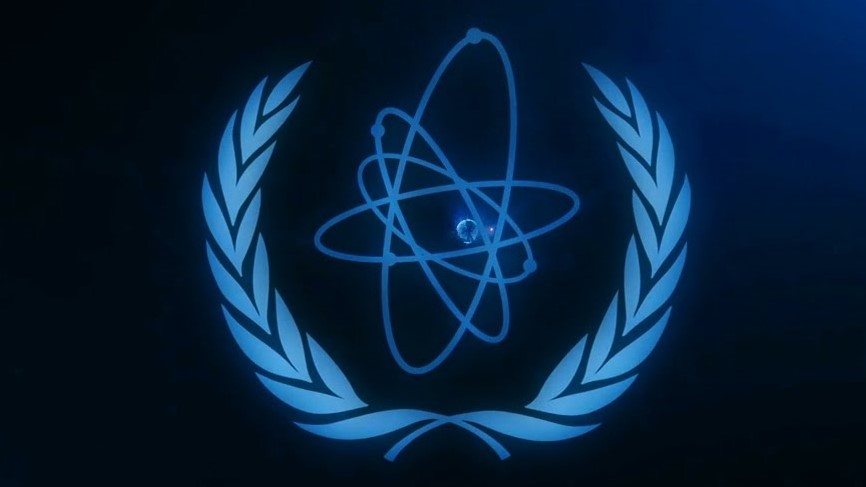
Iran plans to remove 27 cameras from the International Atomic Energy Agency (IAEA). Rafael Grossi, the nuclear watchdog’s director-general, said at a press conference that Iran plans to take that step as early as Thursday and that he sees a bleak future for the 2015 nuclear deal.
In addition to the 27 cameras, Tehran is deploying more devices with which the IAEA monitors Iran’s nuclear program. As a result, virtually all additional resources for supervision from the 2015 agreement have been reversed.
According to Grossi, this could be a “fatal blow” to the nuclear deal, which is still under negotiation. He thinks there are only three or four weeks left before it becomes impossible to revive the deal. About 40 cameras remain in Iran’s nuclear facilities.
Under the original agreement, Iran would stop nuclear activities in exchange for the suspension of international sanctions. The IAEA has reprimanded Iran for the stalled negotiations. The United States, the United Kingdom, France and Germany this week drafted a resolution calling on Iran to “fully cooperate” with the nuclear agency. The resolution was passed by 30 of the 35 countries on the board. Iran would now turn off its cameras in response to this resolution.
The IAEA said in a report last month that Iran had insufficiently “clarified” questions about enriched uranium at three unknown locations. A resolution would be needed to send a signal that dodging questions from the IAEA has consequences.
